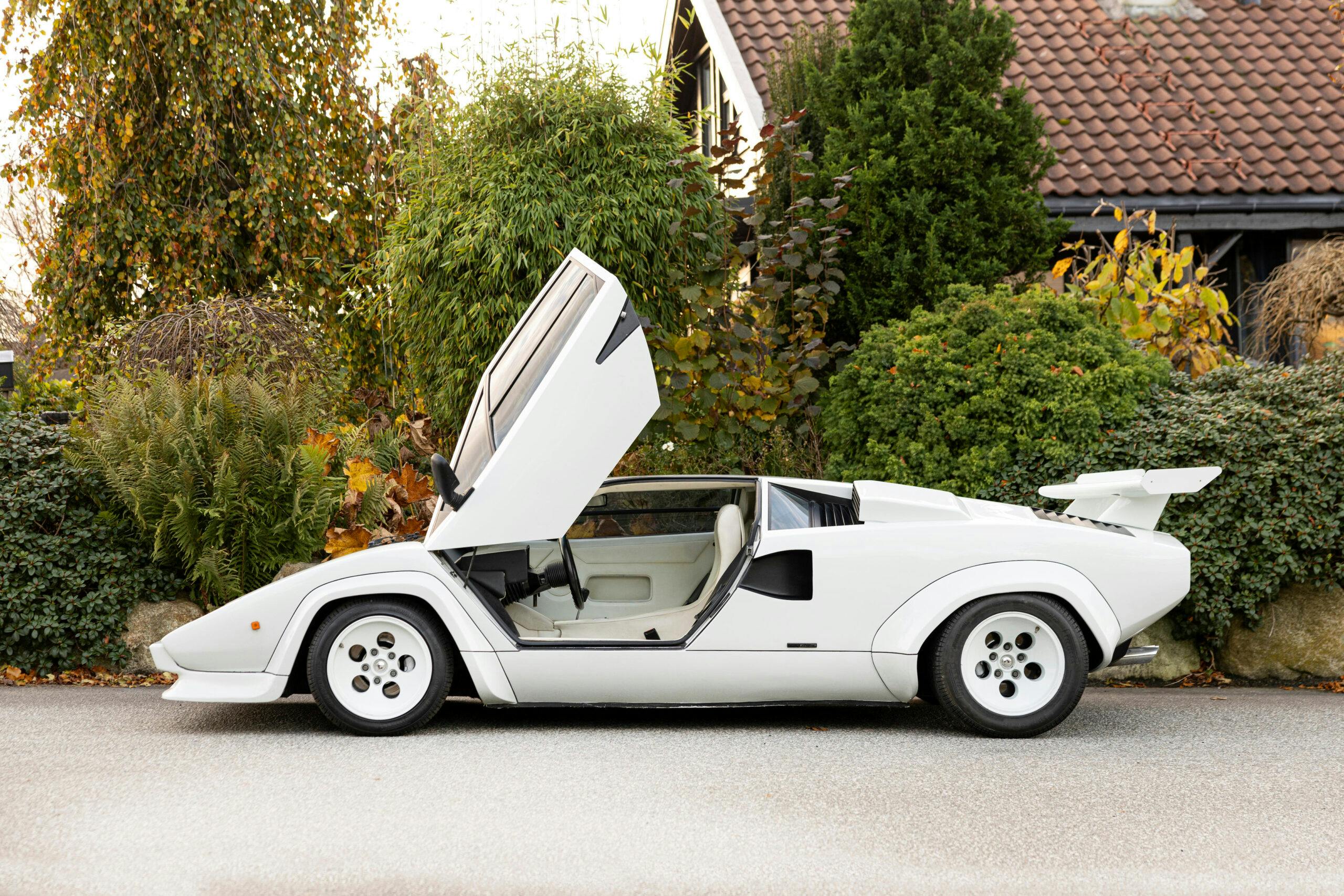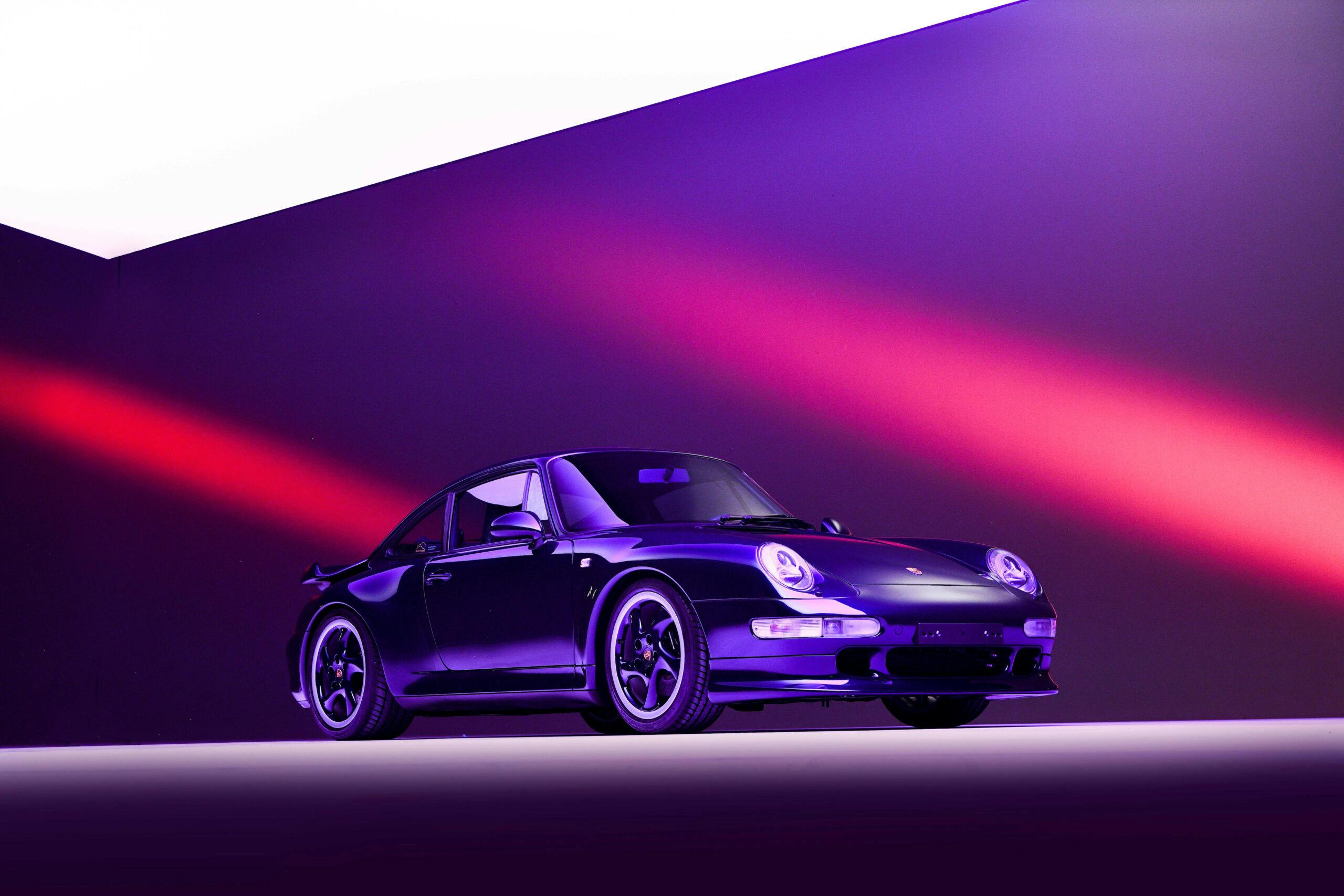For fans of Formula 1, the biggest surprise to come from late April’s Miami Grand Prix was the victory of McLaren driver Lando Norris, which not only gave the Englishman his first win in racing’s top tier but also put an end to the ceaseless and frankly boring domination of Red Bull’s Max Verstappen.
Off the track, at the Bonhams auction on the Saturday before the race, we witnessed an even more unexpected result at the Miami International Autodrome, when this 2003 Aston Martin DB7 Zagato sold for a mere $168,000 (£133,767). “Mere” is relative, of course, because that’s starter-house money in some parts. But in the rather exclusive “1-of-XX” realm of Zagato-bodied Astons, it’s #5 (project car) condition money for a car that easily falls in the good-to-excellent (#2- / #3+) camp. Someone got a deal, in other words.

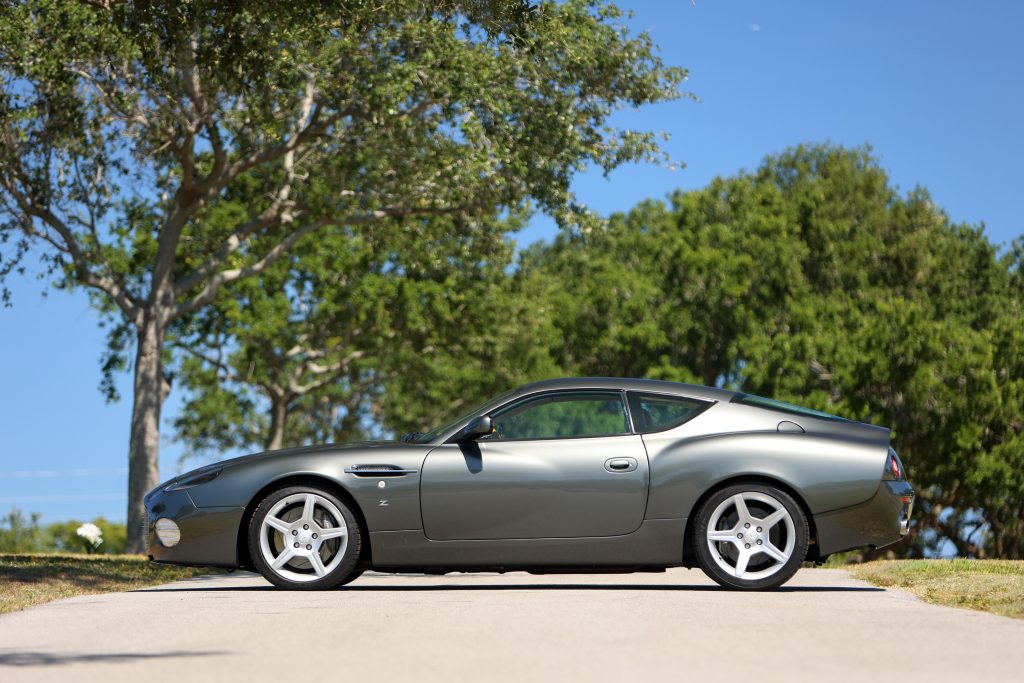
Aston Martin and Zagato have a rich history that goes back to 1960, when the Italian carrozzeria rebodied 20 copies of the DB4 GT in a sexy, lightweight aluminium skin in order to help make them more competitive in GT racing. It didn’t really work, because the competition was stiff, mainly the Ferrari 250s, but the legacy of that first collaboration has resulted in Aston’s most valuable car, with prices ranging from £6M to £8M on the rare occasions they change hands.
The partnership then went dormant for a quarter century, until the 1984 Geneva auto show, when Aston and Zagato execs began talking shop again, this time with a plan to zhuzh up the V8 Vantage. Just 52 of the 187-mph supercars were built, each with £95,000 price tag, and each sold in the blink of an eye. An open version (37 made) followed in 1987. And then, another long fallow period.
When it debuted in 1993, the DB7 proved to be an overnight gamechanger for the fortunes of Aston Martin. By 2002, however, it was already a decade old and had already been upgraded with an extra six cylinders, so there wasn’t a lot left to be done to keep the sleek GT fresh. Which kind of made it a prime candidate for some, uh, Zagatofication, until its DB9 successor arrived.
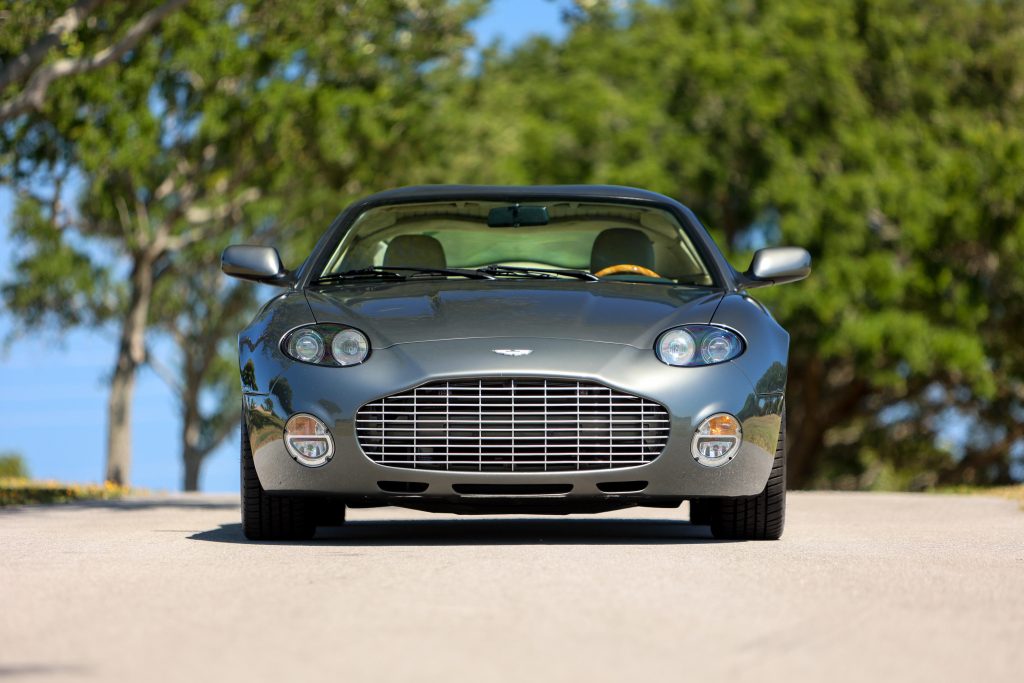
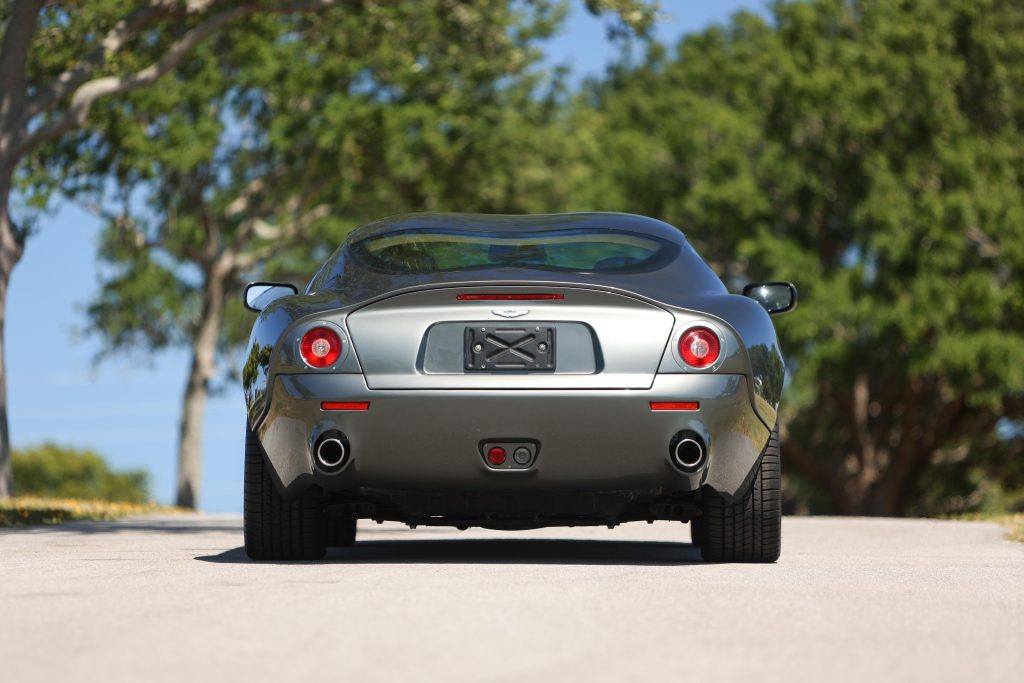
Talks between Aston chairman Ulrich Bez and Andrea Zagato had begun at Pebble Beach in August 2001, and by early in the new year, the project was a go. Just 99 DB7 Zagato coupes would be built, each based on the convertible Volante model and clothed in a mix of steel, aluminium, and composites and retaining only the donor car’s windscreen. Every other bit of the exterior was changed, and it reflects Zagato’s trademark flourishes: short overhangs (the cars are 8 inches shorter than a standard DB7), brawny quarter panels, a higher belt line, and a double-bubble roof. The interior was clad in aniline leather, and in place of the rear seats was a package shelf. Brakes and suspension were upgraded, as was the Vantage’s V12 engine, up from 420bhp to 440bhp, and each was mated to a six-speed manual transmission, with a top speed of 184mph and a 0–60 time of 4.9 seconds.
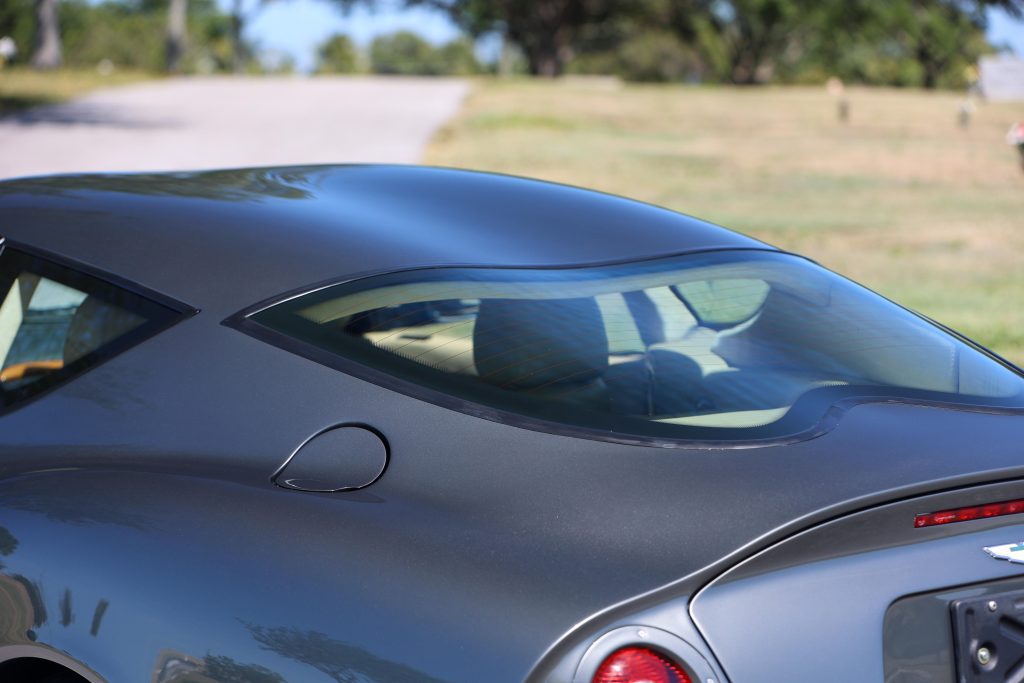
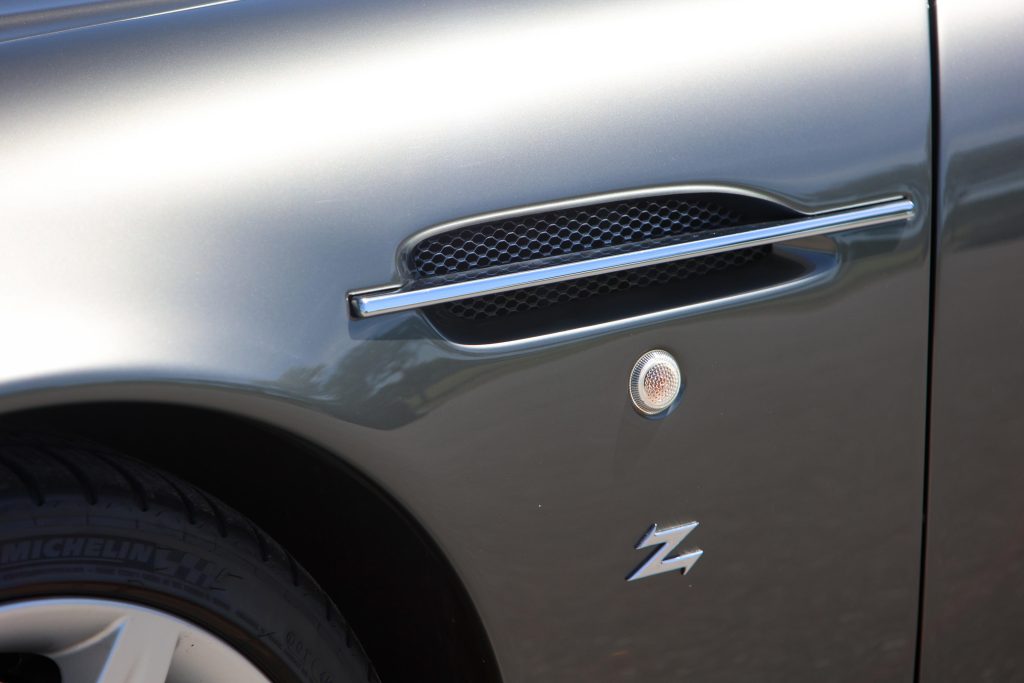
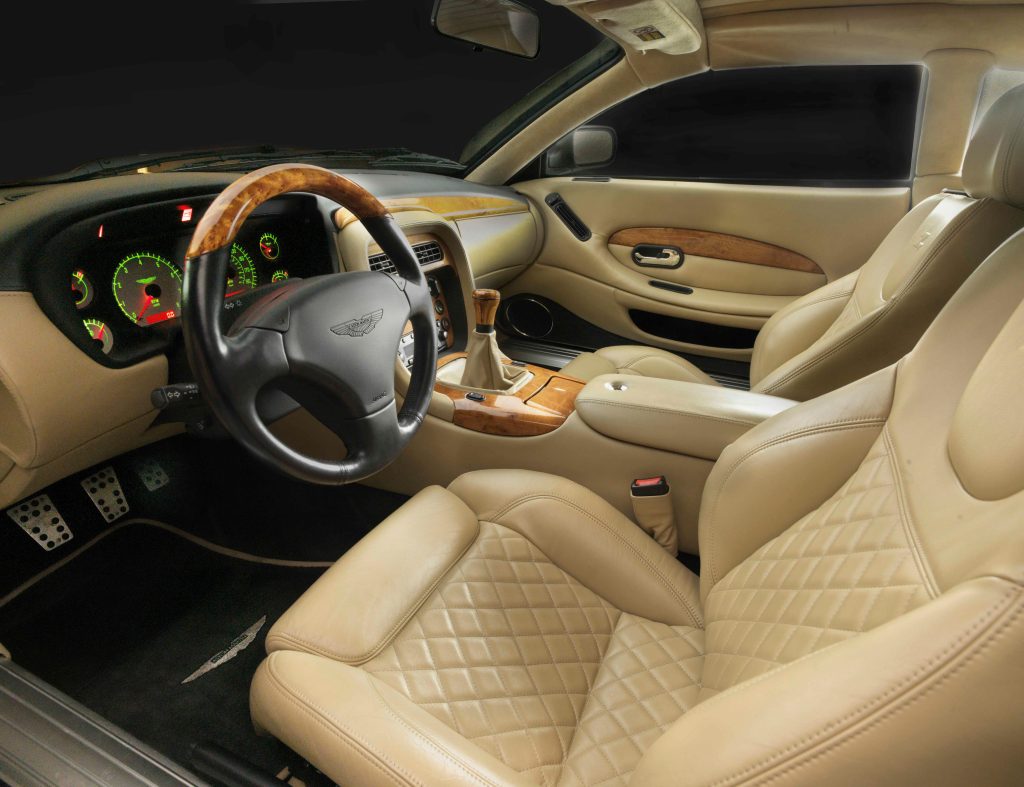
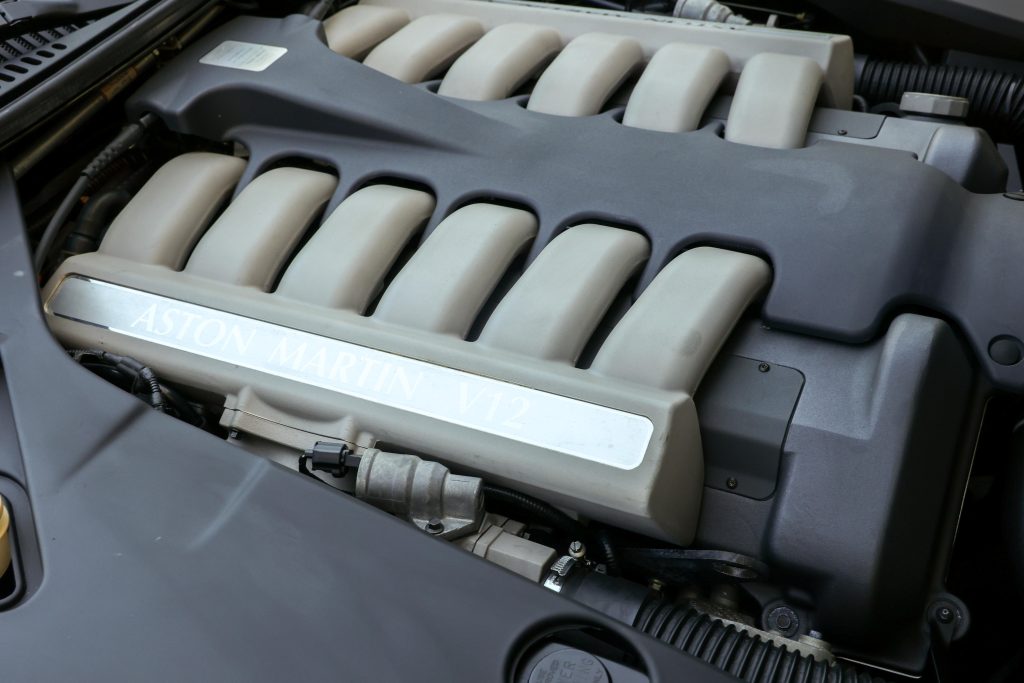
Aston took 200 orders for the £166,000 car, which understandably left the 101 buyers who missed out feeling hard done by. Lucky for them, a year later the company would unveil a follow-up in the DB7-based AR1, code for “American Roadster.” A hundred were built and most were aimed specifically at, you guessed it, the US market.
This left-hand-drive DB7 Zagato coupe is number 48 of the 99 built and believed to be one of perhaps 10 in the US, with time spent from new in Vermont, California, and Florida. It is finished Mercury Grey (the other two colours offered were Zagato Nero and Aqua Verde) and shows fewer than 14,000 original miles. At some point, the original dark brown aniline leather upholstery, which is reported to patina in lovely ways but requires upkeep to get there, was changed out for a lighter Connolly leather. It might look better, but the swap is also likely a knock to the car’s value. Maybe the miles were too; we can’t say for certain, but this can’t be the least-driven example around.
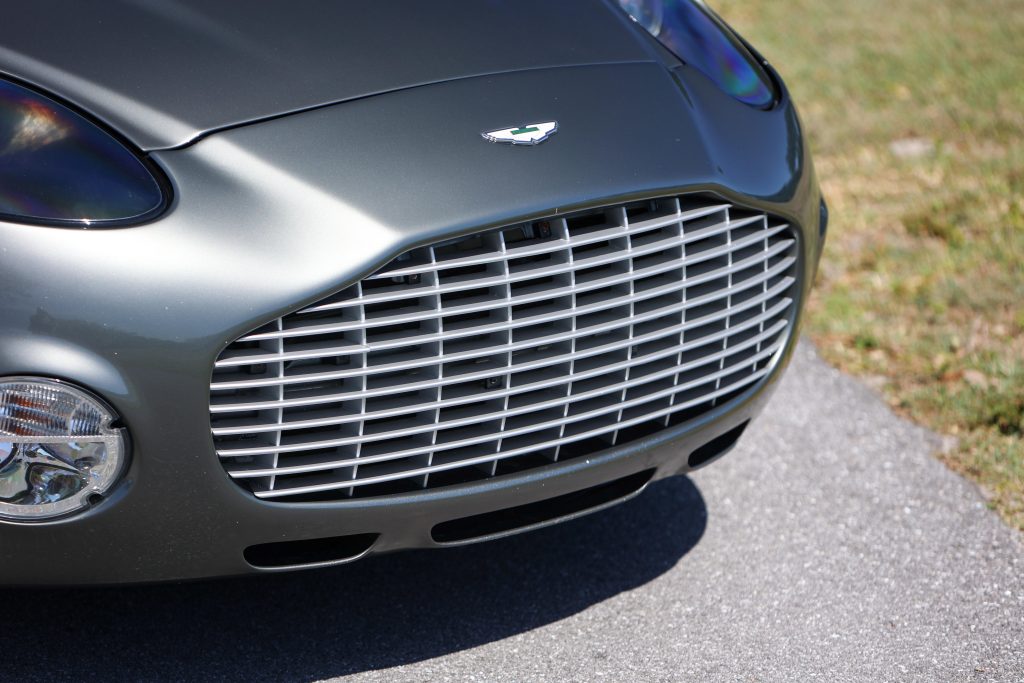
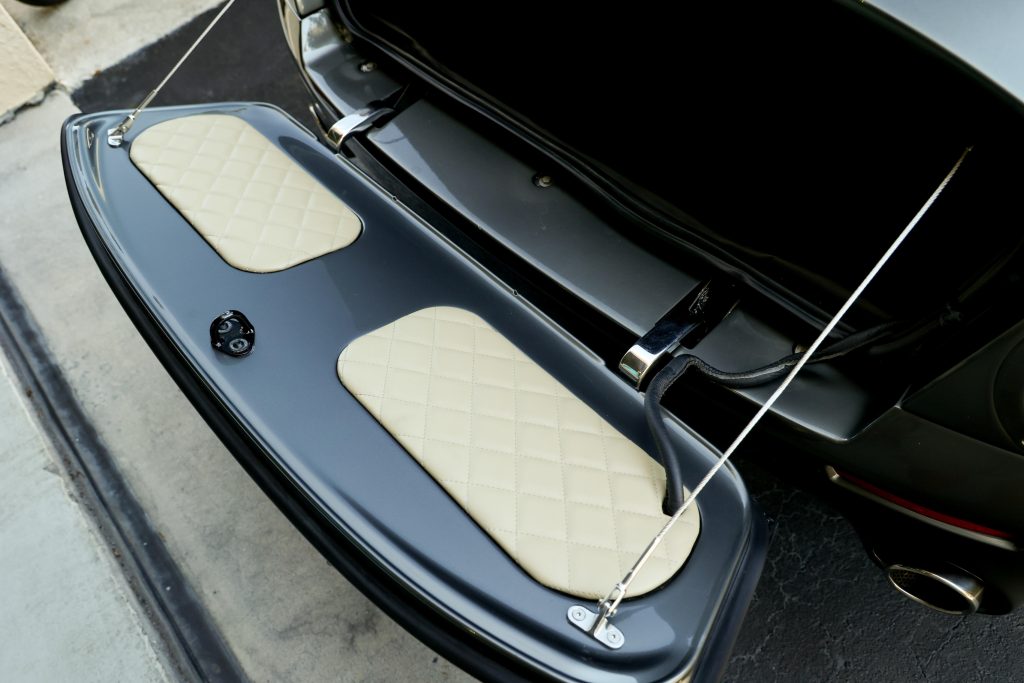
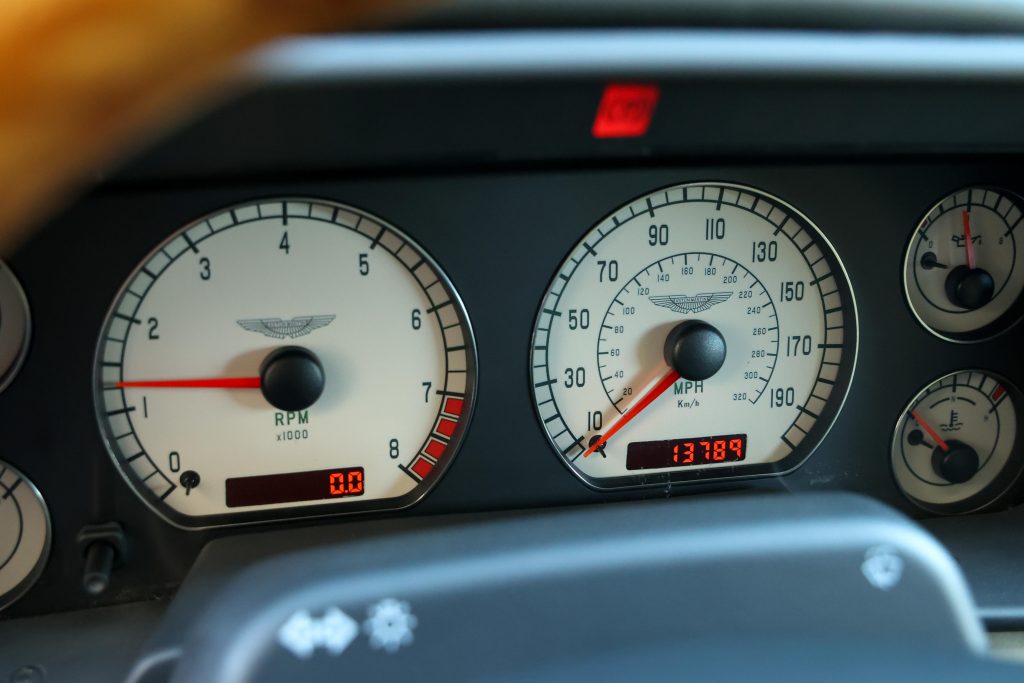
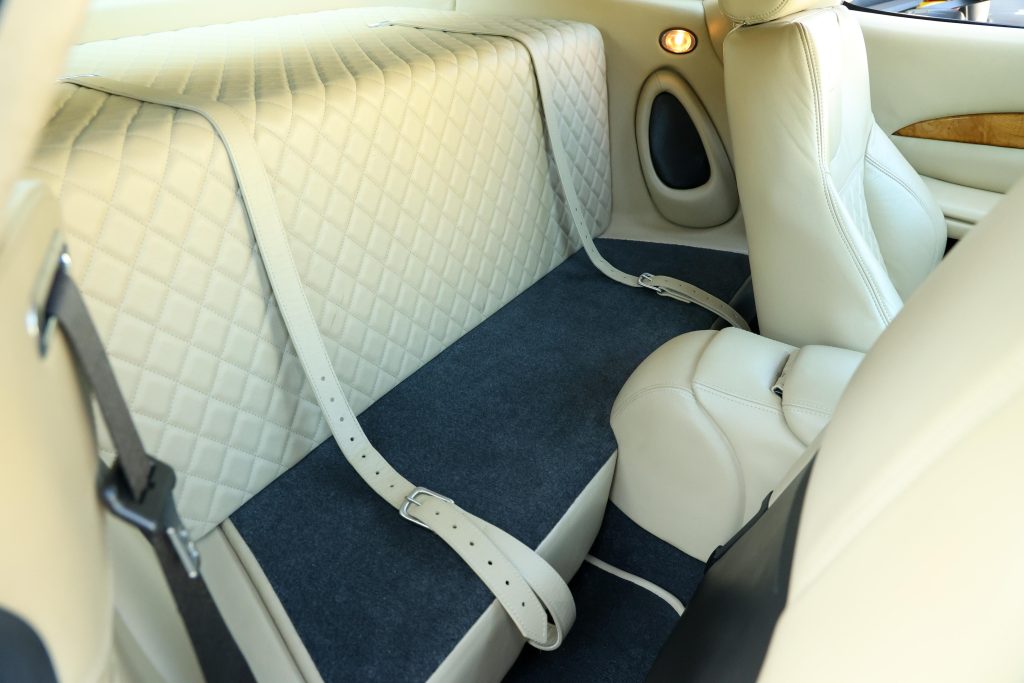
Still, as one would expect, DB7 Zagato public sales in America are rare. RM Sotheby’s sold car number 40 in 2015 for $330,000 (£209,000), then again in 2017 for $357,500 (£276,500). And, well, that’s it. In European auctions, the firm sold one in Monaco in 2014 for €235,200 and another in Paris in 2017 for €392,000. Similarly, Bonhams shows five sales between 2006 and today, all in the UK, with prices from £95,000 in ’06 to £359,900 in 2017.
By comparison, sales of the DB AR1, built in equal numbers but primarily for America, seem almost commonplace, relatively speaking, with 65 recorded results over the last 20 years, from a low of $132,500 (£82,500) in 2012 to a high of $363,000 (£252,648) in 2016.
If you were only looking at the headlines from Bonhams’ Miami auction, the star of the show would undoubtedly be the 2011 Ferrari SP30 Berlinetta, a one-off built by Ferrari’s Special Projects Department that sold for $2,296,000 (£1.83M). Time will tell if that’s a deal or not. But if you happened to be in the market for some other sort of exclusive machine, an Anglo-Italian hot rod that maybe only 98 other people happen to own, you could have done way, way worse than this bargain-basement, quite excellent DB7 Zagato.

